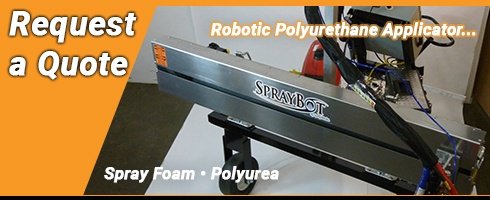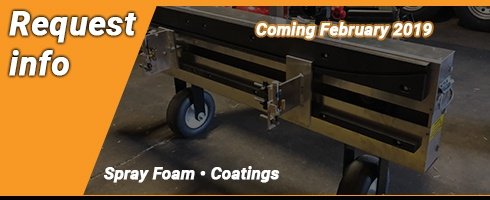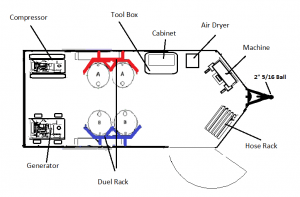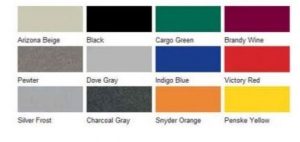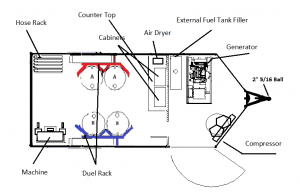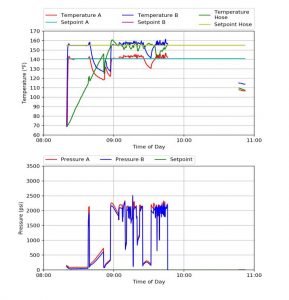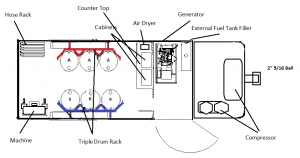How cold is too cold for spray foam?
Depending on the type of spray foam used, processing temperatures are typically between 60-90º inside the barrel. For substrate temperatures, roofing is generally 45-180º, while interior foam can be applied from sub-zero temperatures all the way up past 100º.
If you are working in a colder environment, alternate low temperature spray foam that is designed as a winter blend, will be required. Cold weather spray foam is specially formulated to have a faster reaction time, preventing delimitation from the substrate. Open cell foam is not capable of being winter blend spray foam insulation, only closed cell foam. While open cell doesn’t have a winter blend, with a flash coating of 1/8 inch to ¼ inch, it can be sprayed on substrates down to about 10 degrees.
Will spray foam work in the cold?

Most spray foam is designed to react slower during the chemical reaction as it warms up the substrate’s surface. Winter blends are designed to speed up the chemical reaction time and prevent heat loss.
Regardless of the foam you use, cold weather application is always going to have its challenges. However, when choosing which spray foam works best for cold metal applications, a gas blown spray foam tends to adhere better than your standard blended blowing agent foams. Gas Blown products have a lesser reaction when introduced to cold metal when compared to their blended blowing agent counterparts. Common metal substrates exposed to ambient temperatures include; pole barns, tanks, and garages. The most common metal buildings include pole barns, tanks, and garages.
Which spray foam products can I use in the winter?
Green Insulation is our ideal solution for cold metal application with spray foam. SprayWorks Equipment offers 2.0 lb gas blown closed-cell foam.
- Two Pound SPF (Close-Cell)
- Vapor Barrier at 2 inches
- Structural Support
- 6.5 R-Value
- 4,000bf Yield
Tips for spraying cold weather spray foam
Tip #1: Delimitation happens when the spray foam material separates from the substrate due to poor adhesion. Delamination can be caused by several things, but in cold weather its usually condensation or the substrate expanding then contracting after the foam has set. You will experience less delimitation with a gas blown spray foam. If you hear a lot of popping noises after applying the foam, the foam most likely is separating from the substrate.
Tip #2: If the metal is heated to a minimum of 5º greater than the dew point, the risk of delimitation is significantly lower because the decreased risk of condensation.

